Do Runts Stay Small? (Runt of the Litter Guide)
When you go to a breeder or rescue to adopt a puppy, you may be drawn to the smallest one in the litter. But have you ever wondered what it means when a puppy is dubbed the “runt of the litter?”
Contrary to popular belief, being the runt doesn’t necessarily mean that a puppy will stay small. In fact, many runts end up being bigger than their littermates! The reason for this is that, during their development, runts often don’t get enough food and nutrients.
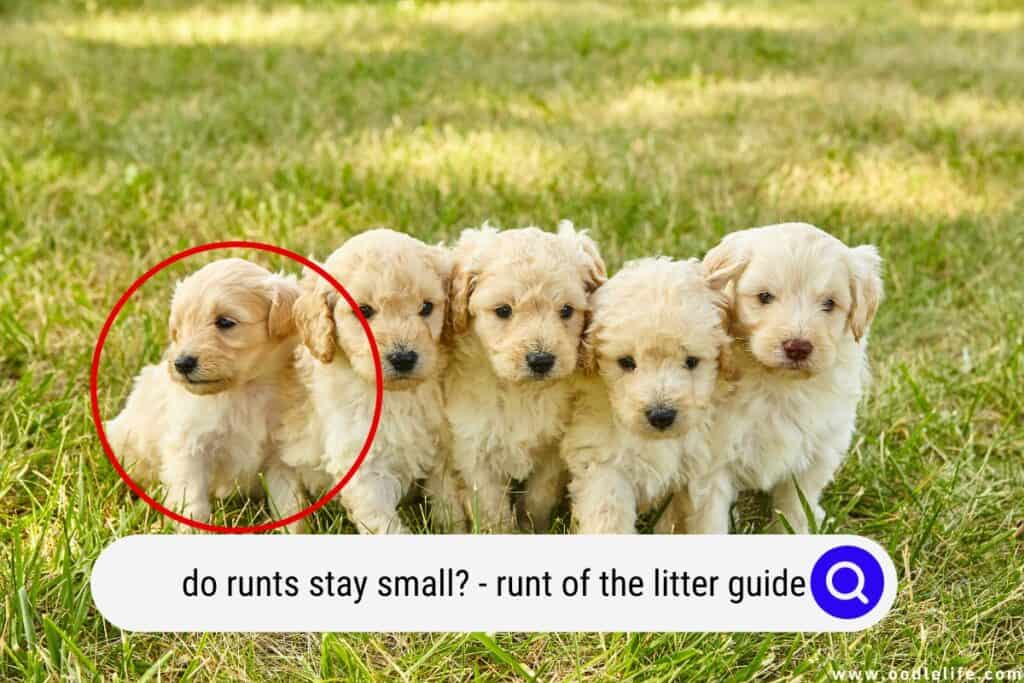
As a result, they may be born smaller and weaker than their littermates. However, once they’re able to compete for food and resources, they often catch up in size – and sometimes even surpass their littermates.
So if you’re considering adopting a runt, don’t let their size fool you – they may just end up being the biggest dog in the family!
What is Meant by “Runt of the Litter?”
If you’ve ever heard someone refer to a small dog as the “runt of the litter,” you may have wondered what they meant. The term “runt” is often used to describe the smallest puppy in a litter, but it can also be used more broadly to describe any smaller or weaker animal than its peers.
In the case of puppies, the runt is often at a disadvantage when it comes to competing for food and attention from its mother. As a result, runts are often smaller and more vulnerable than their siblings.
While this term is typically used in a negative way, some people see the runt as a symbol of resilience and determination. After all, despite being at a disadvantage from the start, the runt has still managed to survive and thrive.
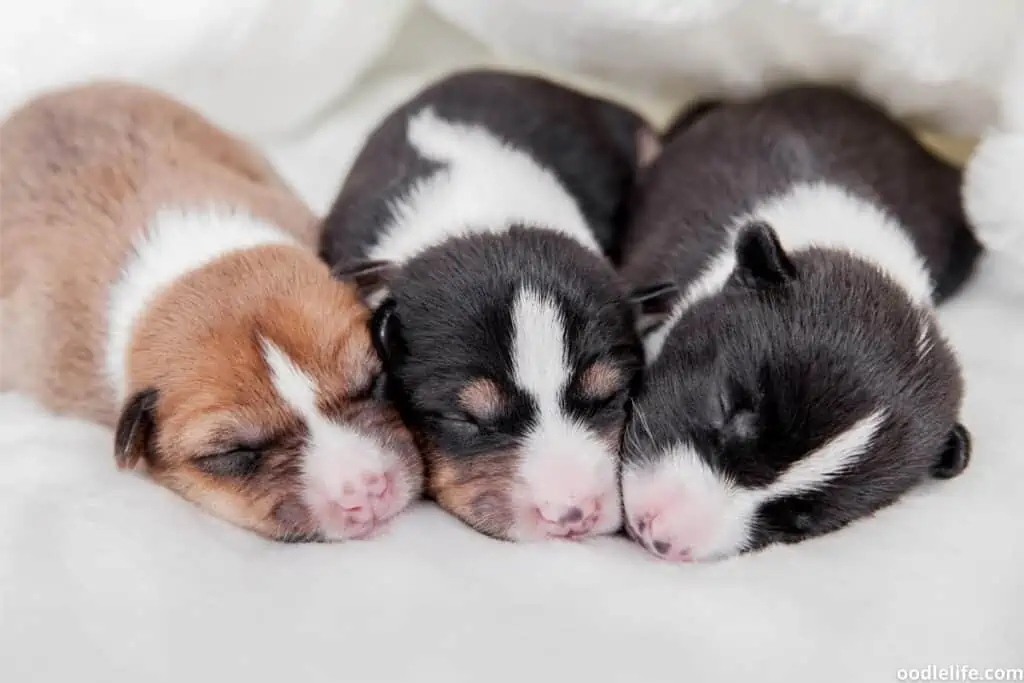
Is There Always a Runt in the Litter?
No, there is not always a runt in the litter. While it’s not unusual for litters to have a runt, some may not have one.
The number of puppies in a litter can also affect whether or not there is a runt. For example, smaller litters are less likely to have a runt than larger litters. This is because each puppy in the litter has a greater chance of getting the food and attention they need.
Additionally, some breeds are more likely to produce runts than others. For example, toy and small breeds are more likely to have runts, while large and giant breeds are less likely to do so. This is likely because smaller litters are more common in toy and small breeds.
Interestingly, mixed breed dogs are also less likely to have runts. This is because mixed breed dogs tend to have litters that are of uniform size, while the puppies in purebred litters can vary significantly in size.
So, while there is no guarantee that every litter will have a runt, it is not uncommon for litters to have one.
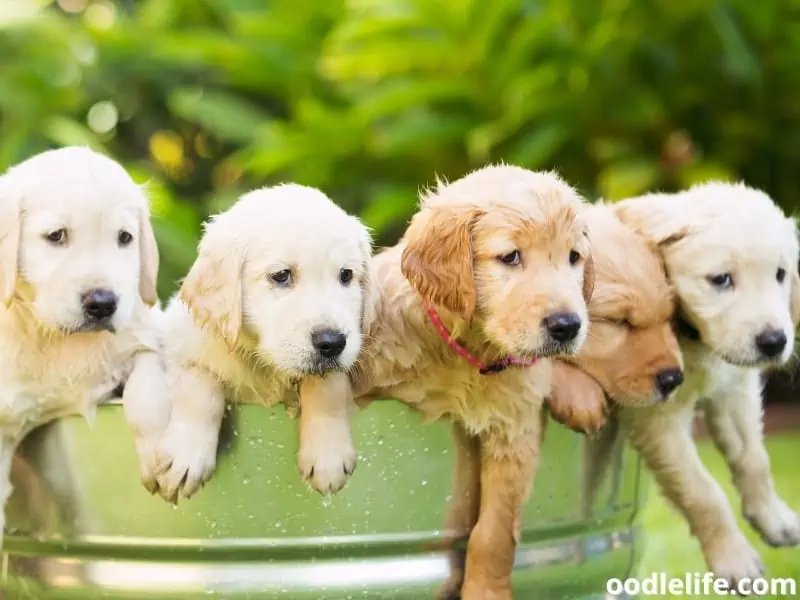
Why Do Some Puppies Become Runts?
There are several reasons why some puppies become runts. However, the most common reason is simply due to their position in the uterus.
The position of the puppies in the uterus can affect their access to food and nutrients. For example, puppies near the front of the uterus usually have an easier time getting food and nutrients than those near the back.
As a result, puppies that are positioned towards the back of the uterus often don’t get enough food and nutrients, which can cause them to be born smaller and weaker than their littermates. Additionally, these puppies may have a more challenging time competing for food once they’re born, which can further hamper their growth.
Additionally, some puppies may become runts due to health problems. For example, if a puppy is born with a heart condition or other birth defect, they may not be able to compete for food as well as their healthy littermates. As a result, these puppies may end up being the runts of their litter.
Finally, some puppies may become runts simply due to bad luck. For example, if a mother dog doesn’t have enough milk to feed all of her puppies, the smallest and weakest puppies may not get enough to eat and may end up being the runts.
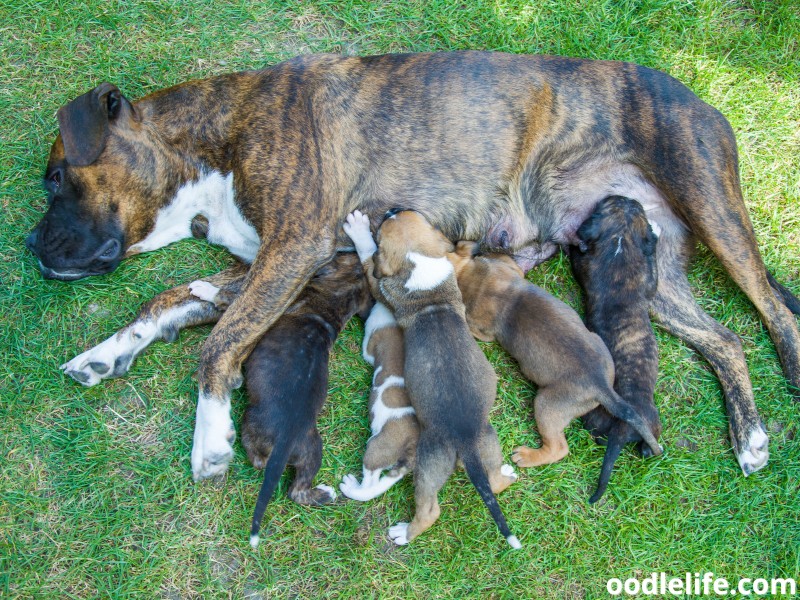
What is the Health of a Runt?
The health of a runt can vary depending on the reasons why they became the runt in the first place. For example, if a puppy became the runt due to their position in the uterus, they may be born with health problems that their littermates don’t have.
Additionally, if a puppy became the runt because of health problems or bad luck, they may also have health problems that their littermates don’t have.
That being said, not all runts are unhealthy. Some runts are perfectly healthy, despite being smaller than their littermates.
So, while the health of a runt can vary, it’s important to remember that not all runts are unhealthy. In fact, some runts are perfectly healthy, despite being smaller than their littermates.
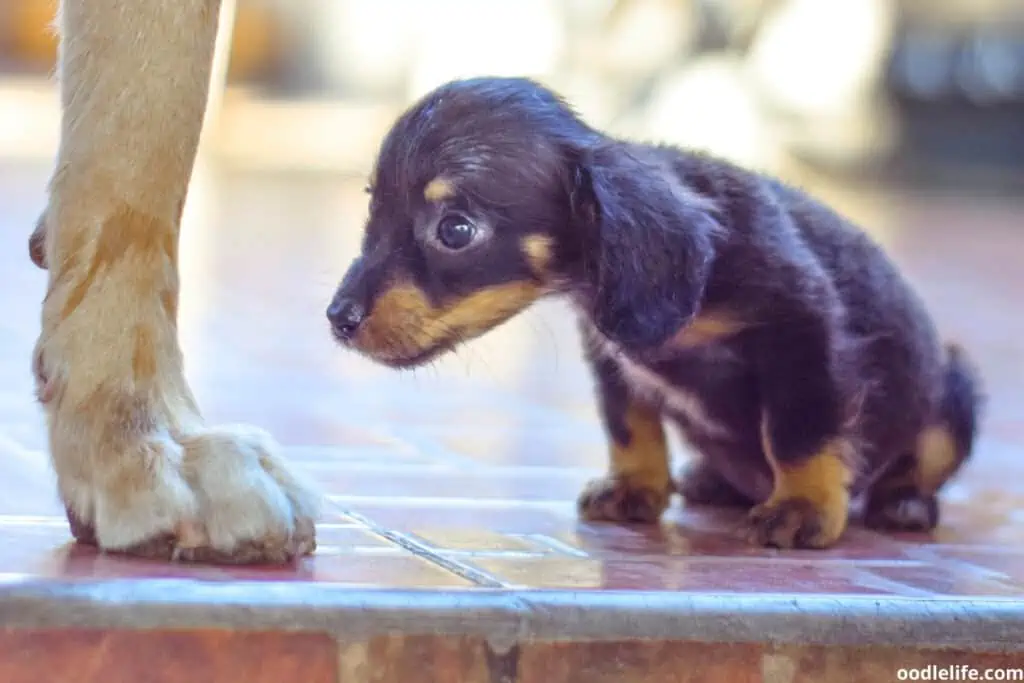
How to Care for a Runt of the Litter?
A runt of the litter is the smallest, weakest puppy in a litter. They are often thinner and have less muscle mass than their siblings. As a result, runts are often pushed aside by their littermates and may not get enough food or attention from their mothers.
As a result, they can become sickly and may even die if they are not properly cared for.
If you have a runt of the litter, it is important to give them extra care and attention. Make sure they are getting enough to eat and drink and keep an eye out for signs of illness.
You may need to feed them more often or with a higher-calorie food to help them gain weight. It is also important to socialize runts early on so they learn how to interact with other dogs. With a little extra TLC, runts can grow up to be strong, healthy dogs.
To keep them warm, you might put a heating pad on low under half of their bed or use a Snuggle Safe disk. You can also drape a warm towel over them. If they are really tiny, you could even put them in a sock with the toe cut off and tie it closed, then microwave it for 20 seconds and put it in with them (test it first to make sure it’s not too hot).
Make sure they have access to fresh water at all times and watch to see that they are urinating and defecating regularly. Take them to the vet if you notice any signs of illness, such as diarrhea, vomiting, or lethargy.
With a little extra care, runts can grow up to be happy, healthy dogs.
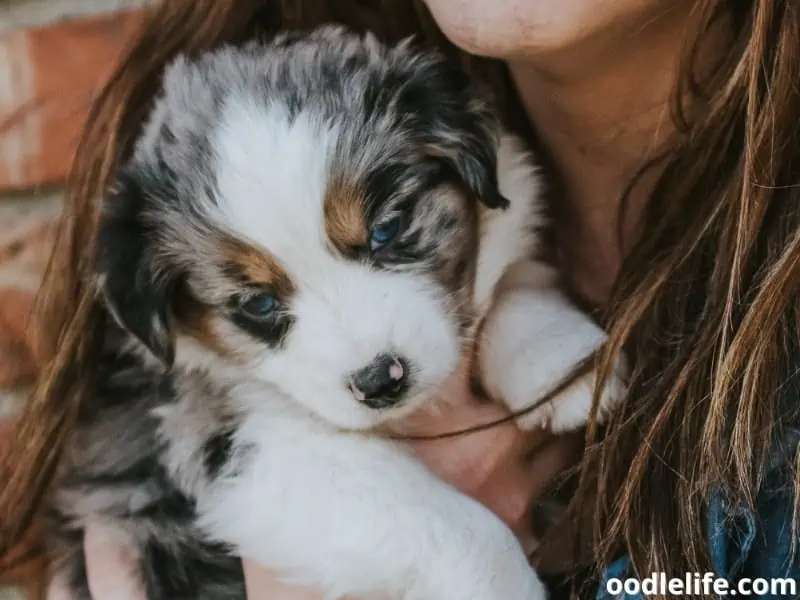
How to Feed the Runt of the Litter?
If you have a runt of the litter, it is crucial to make sure they are getting enough to eat. One of the best things you can do is to feed them smaller meals more frequently. Rather than giving them one large meal daily, try breaking their food into four or five smaller meals.
This will help them to better digest their food and absorb all of the nutrients they need. You’ll also want to pay close attention to their weight and make sure they’re gaining weight at a healthy rate. If you’re concerned about their weight gain, talk to your veterinarian.
They can provide you with guidance on how much food your pup needs and how often they should be eating. With a little extra care, the runt of the litter can grow into a strong and healthy dog.
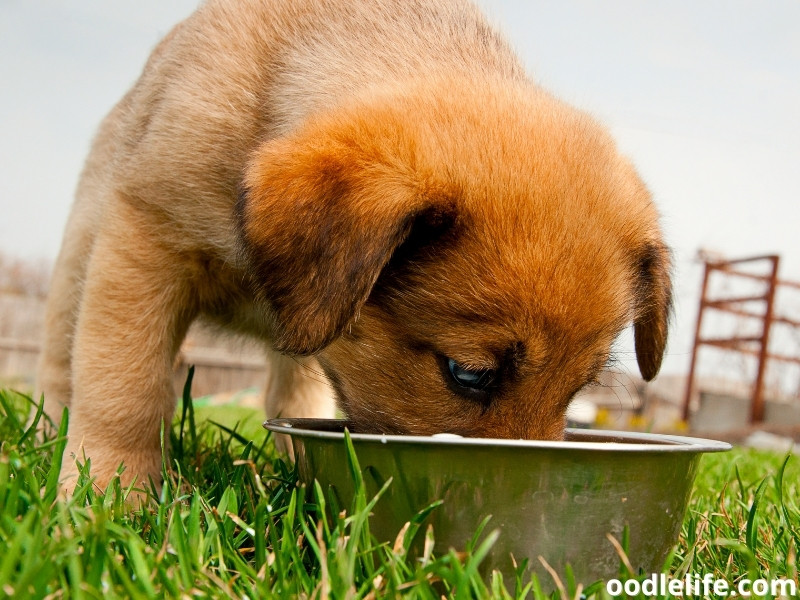
Should You Adopt the Runt of the Litter?
When you adopt a dog, you want to choose the best possible pet for your family. After all, you’re making a lifetime commitment. But what about the runt of the litter? Is it worth taking a chance on a less-than-perfect pooch?
There are some advantages to adopting the runt. For one thing, they’re often more affectionate and grateful than their perfect-looking counterparts. They may also be less prone to certain health problems.
On the downside, they may be more prone to behavioral issues and require more training. And, of course, there’s no guarantee that they’ll stay small – many runts end up being just as big as their littermates.
So should you adopt the runt of the litter? Ultimately, it’s up to you. There are pros and cons to both choices.
The best thing you can do is visit your local shelter and meet some available dogs before deciding. That way, you can choose the dog that’s right for you – regardless of how he looks on paper.
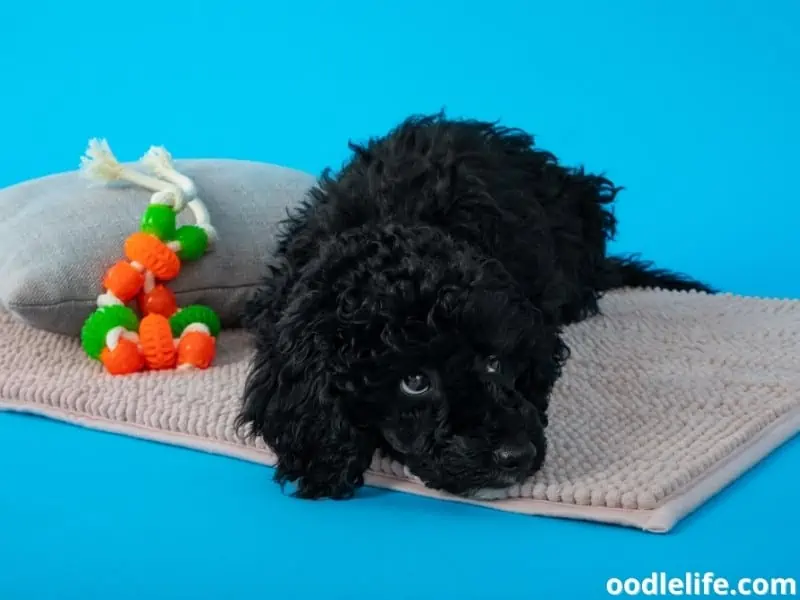
Does the Runt have a Different Personality Than his Bigger Siblings?
As any dog owner knows, each pup has its own unique personality. Some are cuddly and affectionate, while others are mischievous and high-energy.
But what about the runt of the litter? Does this little dog have a different personality than his bigger siblings?
There’s no definitive answer, but some experts believe that runts tend to have different personalities. Because they’re smaller and often weaker than their littermates, they may be more timid and shy. They may also be more independent and less likely to seek out human attention.
However, runts can also be just as loving and playful as any other dog, so don’t write them off just because of their size!
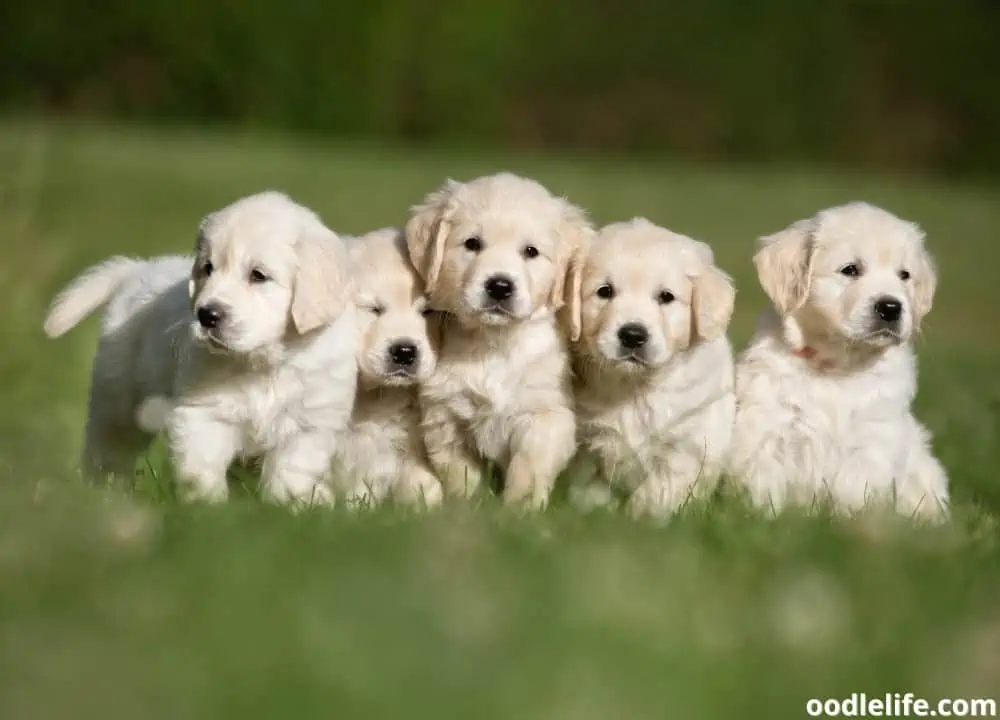
Bottom Line
The runt of the litter is usually the smallest puppy in the litter, and many people assume that this pup will stay small as an adult dog. However, there is no guarantee that a runt will remain small; many runts catch up to their littermates in size as they mature.
This is especially true if the runt is healthy and has no health problems that impede growth. So, if you’re looking for a small dog, adopting a runt might not be the best strategy. Instead, you might want to consider choosing a toy or small-breed dog known for staying small even as an adult.